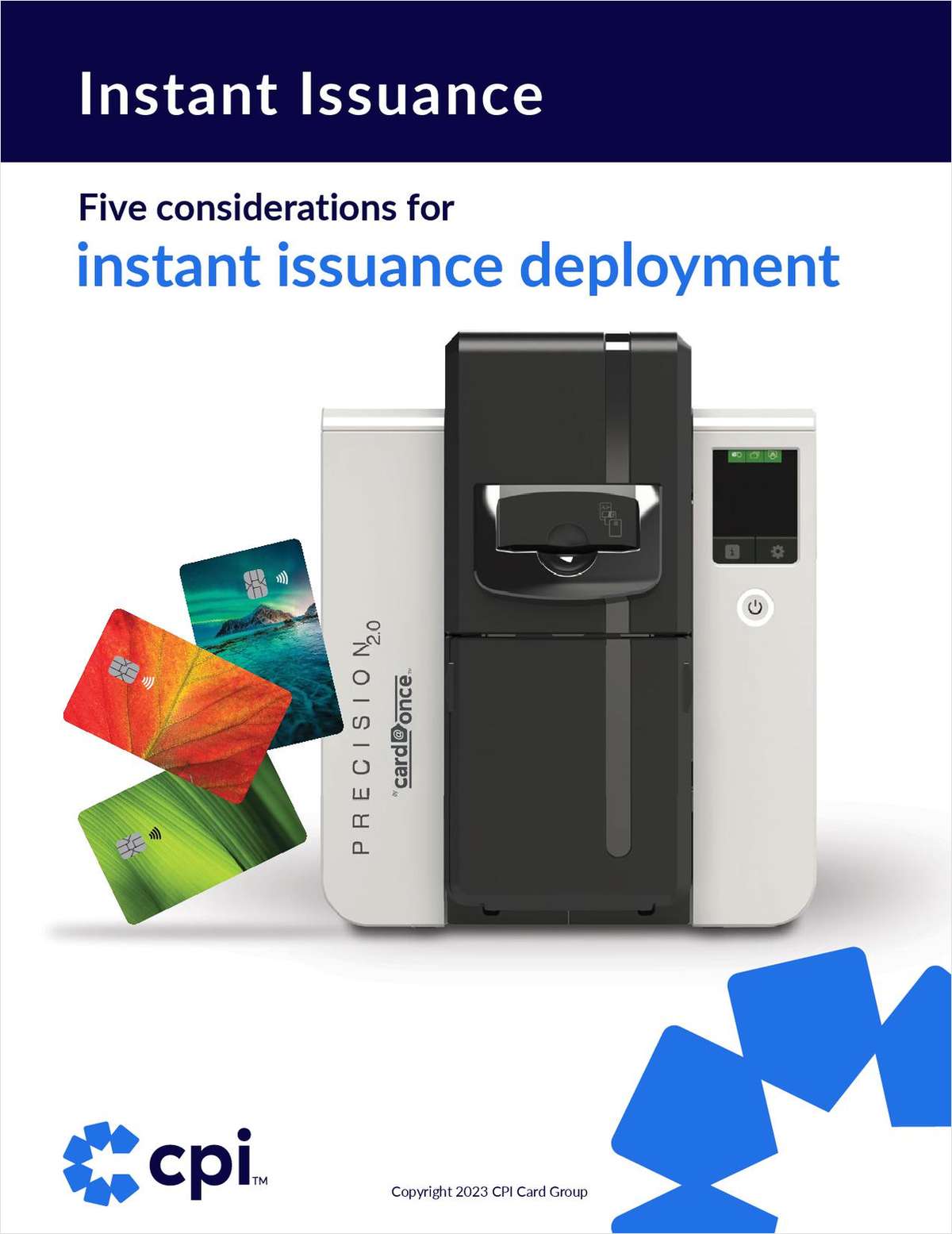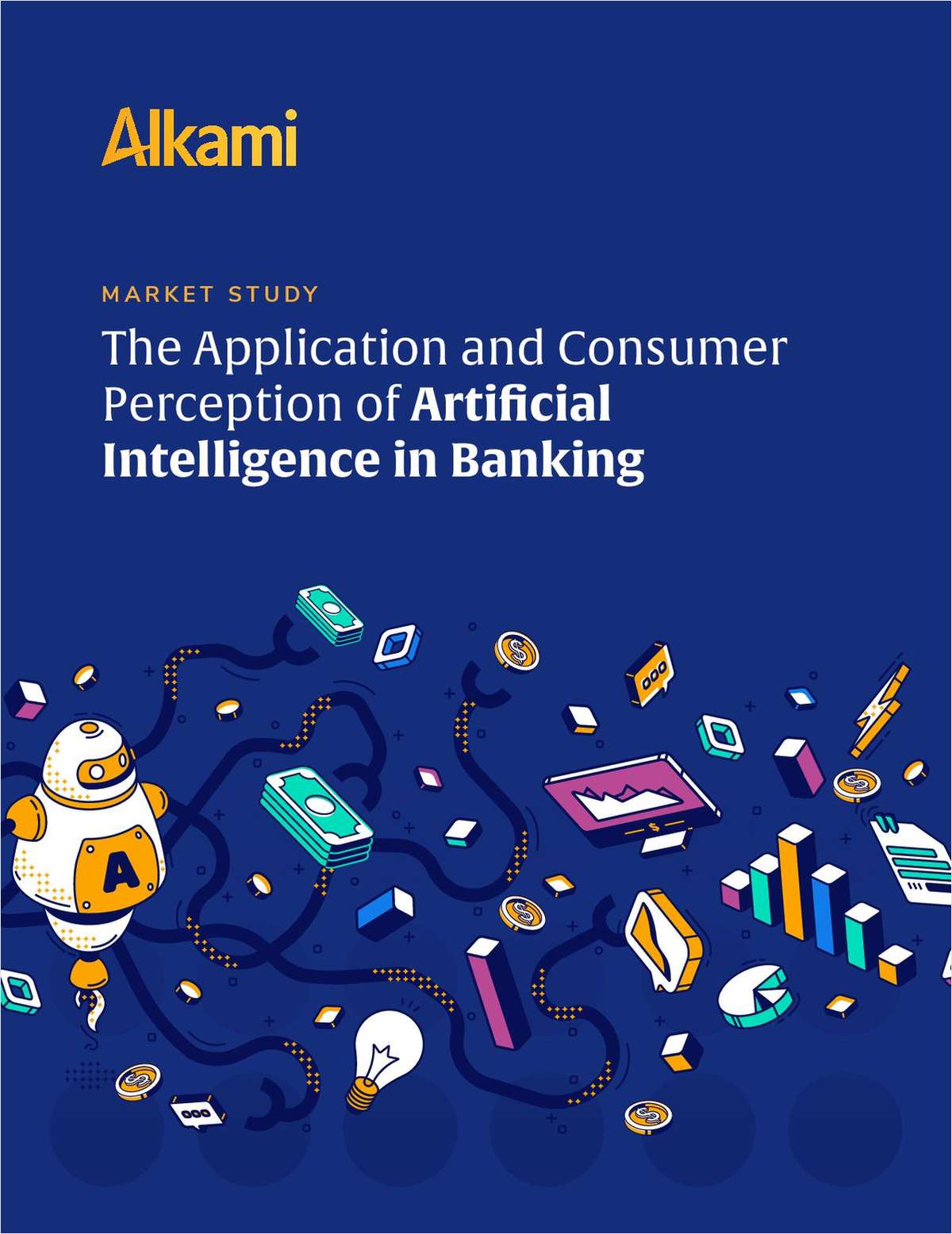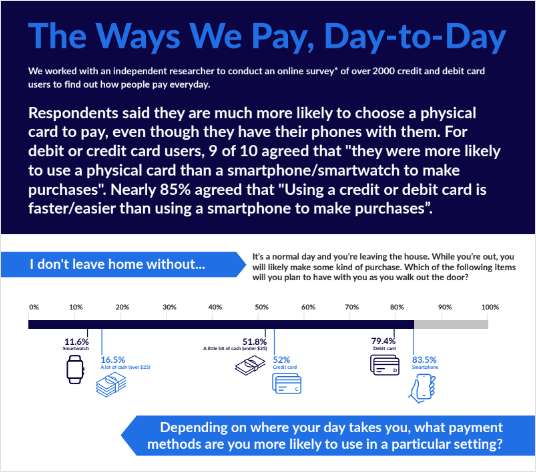One of the biggest decisions that financial services companies face today is to select the right technology for their mobile service delivery. With a multitude of tablets, smartphones and applications out there in the consumer world – some better than others – the wrong decision could result in less than anticipated results, or worse.
Which device is best of show now for credit unions to enhance their virtual services to members? The research is pointing in one direction … the iPad is at the top of the mobile food chain. Apps available today enable credit union members to use their iPad tablet to easily access their personal account status and history, as well as credit union-hosted Web pages or the credit union's presence on Facebook or Twitter.
With so many tablets on the market, why the iPad? It's simple. Because Apple's iPad is the most widely used tablet in the U.S. According to a recent study by Pew Research Center, ownership has increased from 5% of American adults to about 20% in the past two years. When users are categorized by households that earn $75,000 or more per year, that figure increases to 47%.
Apple iPads will account for two-thirds of tablets shipped through 2013, according to a forecast from NPD DisplaySearch, which uses research from more than 140 display component manufacturers around the globe.
It's a growing market. A study from Javelin Strategy & Research, 2012 Tablet and Banking Report, which assesses the tablet banking market, shows that mobile banking by tablet owners is now growing at twice the rate of non-tablet owners (49% versus 22%). This growth will continue as overall tablet adoption is forecast to grow to 40% by 2016. Most importantly, a 2012 study by Phoenix Payments found that 34% of tablet owners want to bank on their device.
In this hyperactive environment, selecting the correct tablet and the right apps is a complex decision.
A credit union's iPad app should certainly be different than the iPhone app. Application extensions should be offered to take advantage of the larger screen size of tablets and the greater customization the additional real estate affords.
Who uses what and for how long are also major issues that must be considered. The online market is clearly segmented, according to market research. But what might be popular today could be in the trash can tomorrow. The Javelin study on tablet use for financial services reports that:
- Apple holds the top market share with 55%.
- Amazon's Kindle Fire captured 10% of the tablet market in just a few months.
- Tablet owners have higher rates of mobile person-to-person (P2P) transfers.
- Tablet owners are young (ages 25 to 44), wealthy (incomes exceed $100,000 and have more investable assets), and use many financial products.
Digging deeper into market research underscores that the tablet as a mobile device still has a lot of room to grow. The question is, which way will it grow and who will drive the growth?
For instance, according to statista.com, only 23% of the general online population uses a tablet on a monthly basis, while 47% use a smartphone and 70% use a laptop. Digging even deeper, 29% of young mothers who are pregnant and/or have children who are 8 years old or younger use tablets, while 65% of those young mothers use cell phones and 80% use laptops.
So, does it make sense to commit major investments in the tablet market, hoping that it will grow to the same level of use as smartphones or laptops, or be even larger? Or does it make more sense to invest in the smartphone and laptop markets that already dominate the online space, assuming they will continue to outpace tablets?
To retain and attract new members' attention needs to paid to all channels. As technology changes fast, seeking economical solutions available in the market today to either alternative may ease the pain if the solution ends up in the trash can tomorrow.
Whether it's tablets or laptops, making the right decision in today's dynamic, technology driven environment is one of the great challenges for any business and requires strategic marketing coupled with intelligent vision.
For credit unions, which as an industry have always stressed cooperation and collaboration, part of that intelligent vision calls for drawing on the counsel of strategic partners for solutions to meet both short- and long-term trends in the market.
Randy Thompson is a senior product manager for CO-OP Financial Services in Rancho Cucamonga, Calif.
Complete your profile to continue reading and get FREE access to CUTimes.com, part of your ALM digital membership.
Your access to unlimited CUTimes.com content isn’t changing.
Once you are an ALM digital member, you’ll receive:
- Breaking credit union news and analysis, on-site and via our newsletters and custom alerts
- Weekly Shared Accounts podcast featuring exclusive interviews with industry leaders
- Educational webcasts, white papers, and ebooks from industry thought leaders
- Critical coverage of the commercial real estate and financial advisory markets on our other ALM sites, GlobeSt.com and ThinkAdvisor.com
Already have an account? Sign In Now
© 2025 ALM Global, LLC, All Rights Reserved. Request academic re-use from www.copyright.com. All other uses, submit a request to [email protected]. For more information visit Asset & Logo Licensing.









